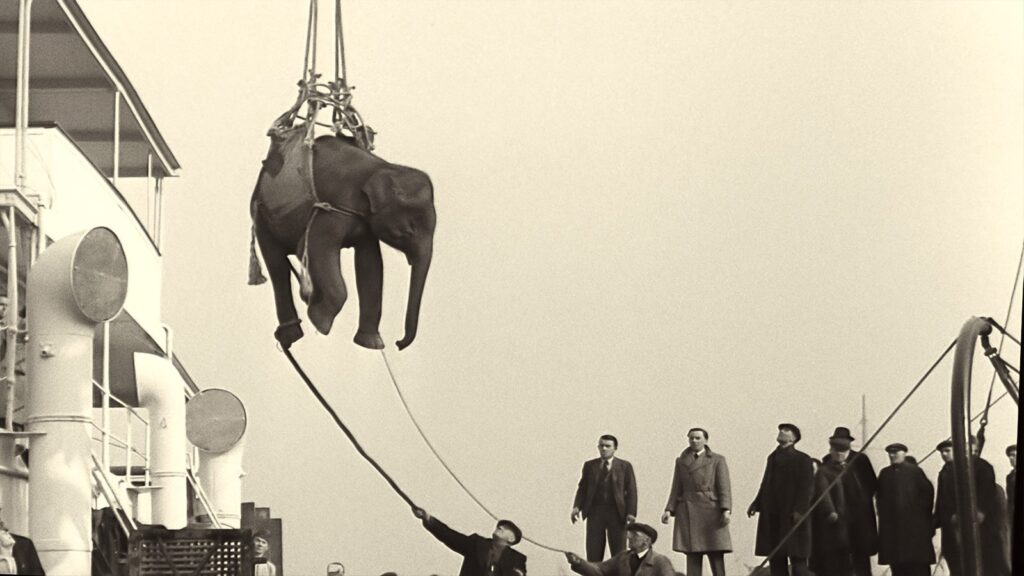Soundtrack to a Coup d’État Feature Review VIFF2024-9

Soundtrack to a Coup d’État is far from a conventional film. The director, known for his exploration of moving images and archival footage, crafts works that challenge the boundaries of cinema and media art.
His 1997 piece DIAL H-I-S-T-O-R-Y, which debuted at Documenta in Kassel, blurred the lines between documentary and essay film, combining found footage, home videos, and Don DeLillo’s texts to critique the relationship between airplane hijackings and media sensationalism. Grimonprez’s signature style—marked by his meticulous editing and storytelling—delivers scathing critiques of capitalism and the media’s role in amplifying terror for the sake of ratings.
In Soundtrack to a Coup d’État, Grimonprez refines his approach, presenting an intricate and intense audiovisual essay. The film is multilayered, with each element revealing new perspectives, culminating in a deeply unsettling narrative. Set primarily between 1955 and 1965, against the backdrop of the Cold War, the film documents the Congolese struggle for independence, the broader awakening of African nations, and the attempts by Western powers to maintain control over Africa’s resources and politics. The narrative leads to the assassination of Patrice Lumumba, Congo’s charismatic and fiercely independent first prime minister.
Another layer interwoven into the film is the story of jazz musicians and their connection to the American Civil Rights Movement. This parallels their support for Africa’s fight for freedom on one hand, and the way the CIA used them as ambassadors of goodwill to obscure its involvement in local politics and coups on the other.
While the events may be familiar, what sets this film apart is its source material—archival footage from global sources. Grimonprez masterfully combines eyewitness testimony, government documents, memoir excerpts, interviews with CIA agents and missionaries, radio broadcasts, and televised speeches. What begins as a somewhat light narrative, set against the backdrop of jazz music and hope, quickly evolves into an absurd yet chilling nightmare, forcing the audience to confront harsh truths about Western complicity.
The film’s indictment is powerful. It targets Belgian society, its political forces, and the royal family. But it doesn’t stop there—it critiques the American ethos, exposing the hypocrisy behind claims of justice and freedom. The United Nations also emerges as a weak, manipulated organization. Western politicians speak openly of bribery and murder, while others display unapologetic racism and condescension toward Black people.
What makes the film so powerful is not just the story it tells, but how it is told. Through repetition, jump cuts, and modern editing techniques, Grimonprez uses images like a collage. The visuals and music don’t merely drive the narrative forward; they reveal additional layers of meaning. The soundtrack is more than a simple accompaniment—it physically affects the audience, dragging them from exuberance to distress, from oppressive silence to explosive noise, making it almost hard to endure.
Share This:
Recent Posts
- THIS ENTRY WAS POSTED IN: VIFF2024 Reviews



